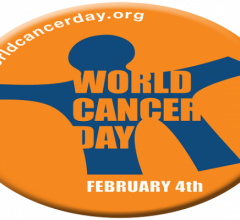March 14, 2008 - Data from Millennium Research Group’s (MRG) U.S. Interventional Radiology (IR) Marketrack indicates that in 2007, over 85 percent of liver cancer treatments performed in IR suites used transcatheter chemoembolization, a procedure that delivers chemotherapy agents directly to a tumor through minimally invasive means.
Microsphere particles, including Boston Scientific’s Contour SE, Biosphere Medical’s Embosphere, and others, were used in 40 percent of these treatments. Overall, chemoembolization particles generated nearly 20 percent of total microsphere revenue. As such, chemoembolization procedures are a key segment in the overall embolic particle market, which, in addition to standard microspheres, includes drug-infused microspheres, selective internal radiation therapy (SIRT) spheres, and polyvinyl alcohol (PVA) particles. MRG’s US IR Marketrack service monitors the adoption of embolic particles for liver cancer, uterine fibroids, aneurysms, hemorrhages, and vascular anomalies.
“In chemoembolization, chemotherapy agents are mixed with embolic particles and are delivered through a catheter directly to the tumor, thereby localizing the chemo treatment,” said Phil Scrutton, Analyst at MRG. “The particles also embolize the surrounding arteries, blocking blood flow to the cancerous tissue. This slows diffusion of the chemotherapy agents away from the tumor, which increases its effectiveness in targeting the liver tumor, while the embolization also deprives the tumor of oxygen and nutrients.”
Liver cancer has historically had a poor prognosis, but the use of embolic particles in conjunction with drugs in chemoembolization, while not a cure, is leading to longer life expectancies for cancer sufferers. These positive clinical outcomes, the availability of improved embolization technologies and an increasing rate of patient referrals for this treatment are all contributing to embolic particle market growth.
For more information: www.MRG.net


 November 11, 2025
November 11, 2025 








